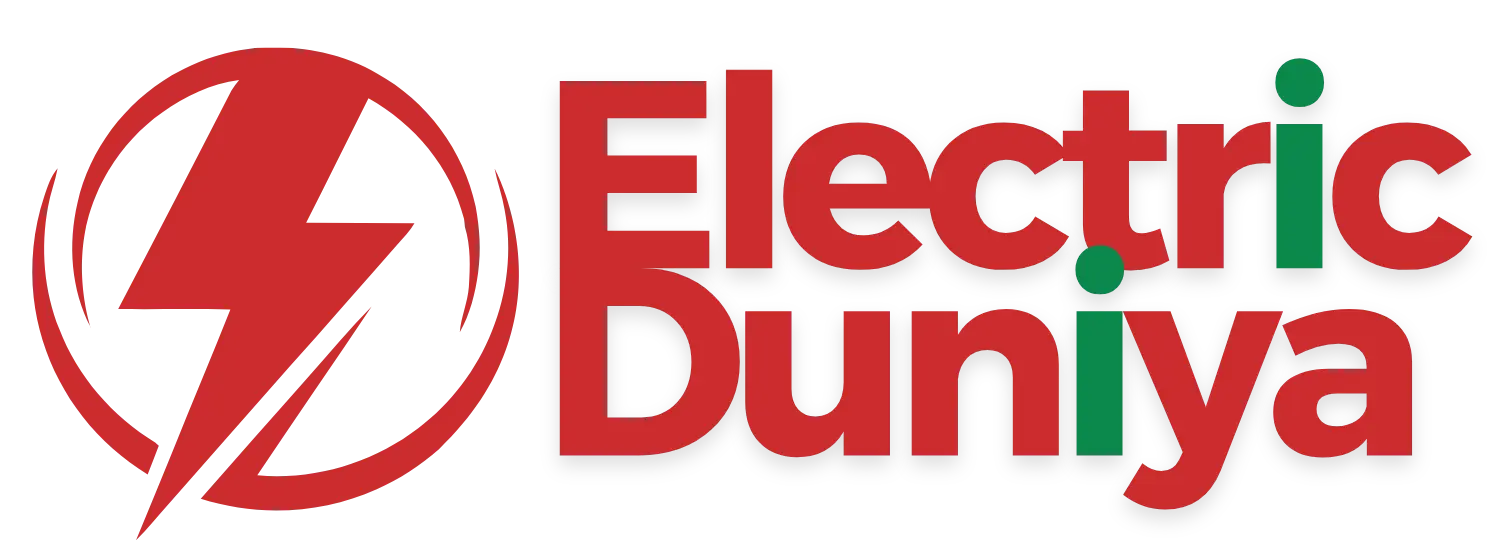Alternating Current
Alternating current (AC) is a type of electrical current that periodically reverses direction and changes magnitude over time. Unlike direct current (DC), which flows in one direction, AC is commonly used for charging electric cars and by consumers for everyday power needs.
Overview
In electric vehicles (EVs), three types of motors commonly utilize three-phase alternating current (AC) to generate a rotating magnetic field (RMF), frequency, and power. The general waveform of AC used in electric power circuits is typically a sine wave.
How Does It Work?
Alternating current (AC) is used to distribute electrical energy efficiently. With a transformer, you can increase or decrease the AC voltage as needed.
At high voltages, power travels efficiently through transmission lines, minimizing energy loss caused by wire resistance. The voltage is then stepped down to a safer level for use.
In electric vehicles, the AC charger charges the battery, and once the battery is charged, the DC current stored in the battery powers the vehicle.
Features of AC
- Periodical Changes: AC periodically changes both magnitude and direction.
- Waveform Shapes: AC waveforms come in various forms, including triangular, square, sine, and sawtooth, each with distinct characteristics. The waveform’s shape depends on the load connected to the power source. The most common form is the sine wave, which is symmetrical and smooth.
Applications of AC in Electric Vehicles
- Battery to Motor Conversion: Electric vehicles primarily rely on a battery pack as their power source, which stores DC power. The DC power is then converted into AC, which is used by the electric motors for propulsion.
- Power Electronics Role: The conversion of DC to AC in EVs is managed by power electronics, specifically an inverter. This device plays a key role in transforming DC power from the battery into AC power required by the motor.
Conclusion
Alternating current (AC) is vital for the operation of electric vehicles. Leading EV manufacturers worldwide use AC chargers to charge batteries. After charging, the stored DC power from the battery drives the vehicle.
AC is widely preferred for EV charging due to its availability at charging stations, homes, and offices, making it an efficient and accessible option for EV owners.

